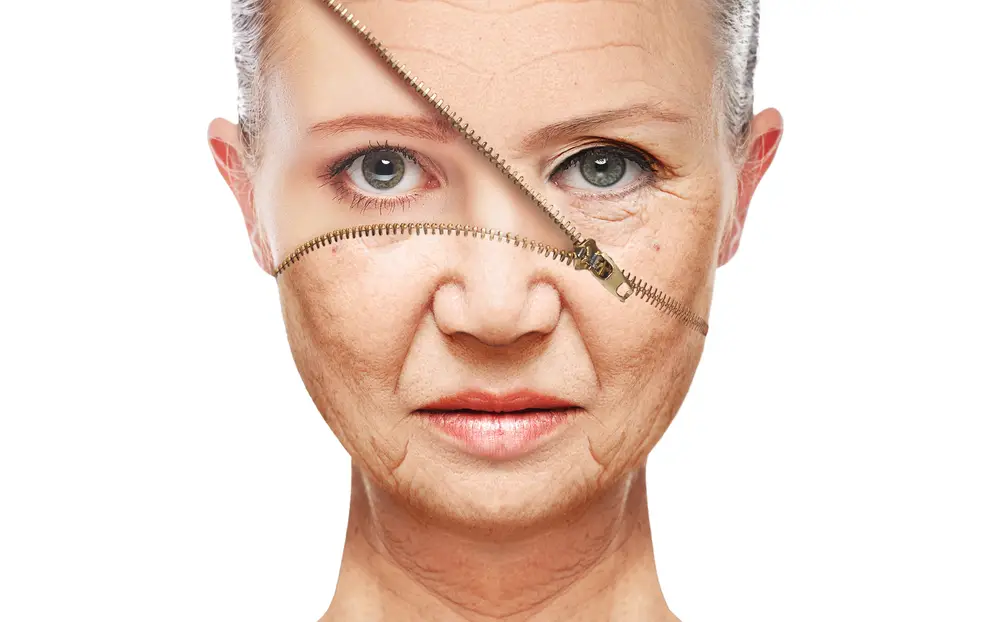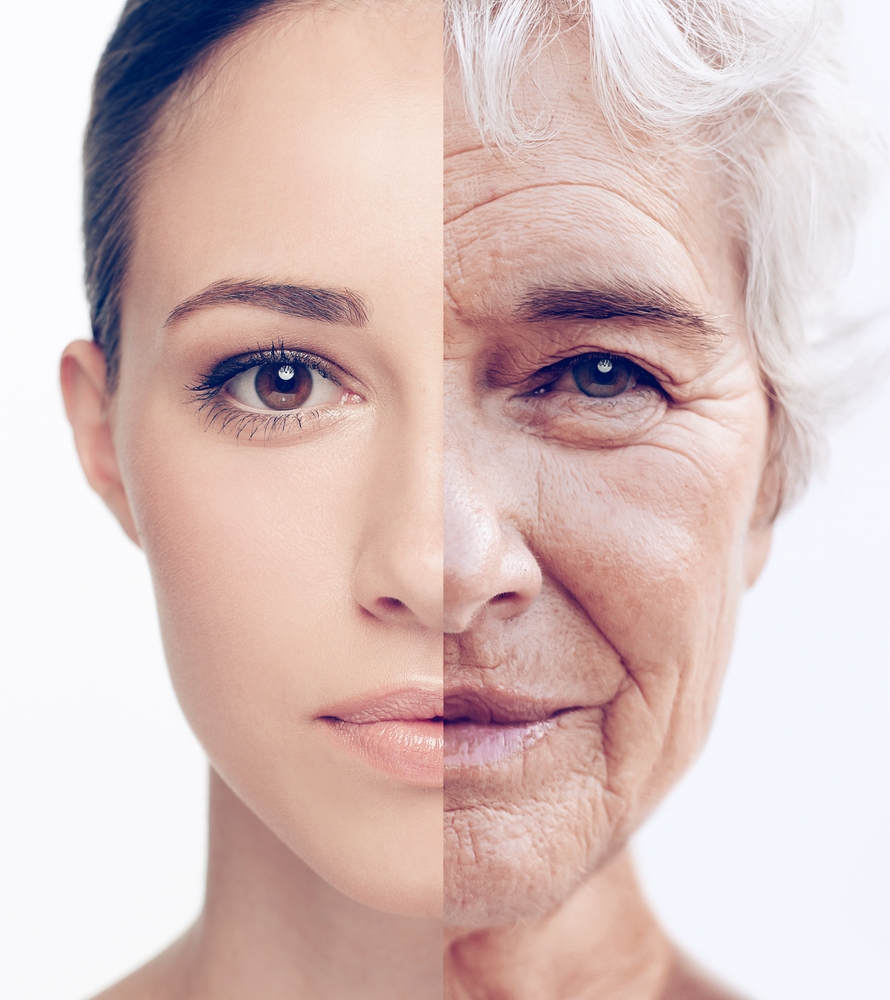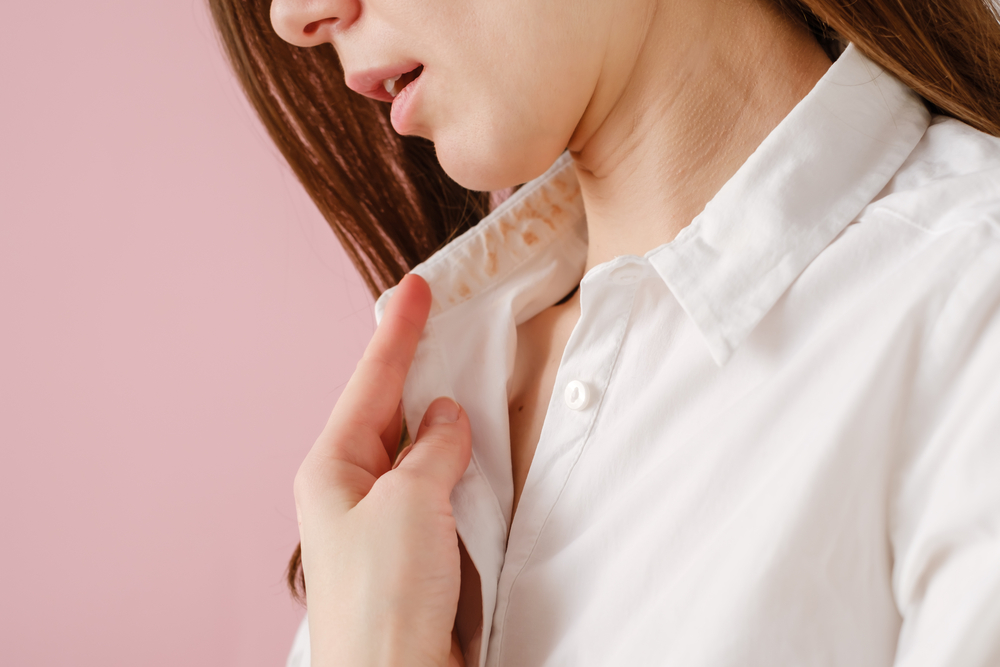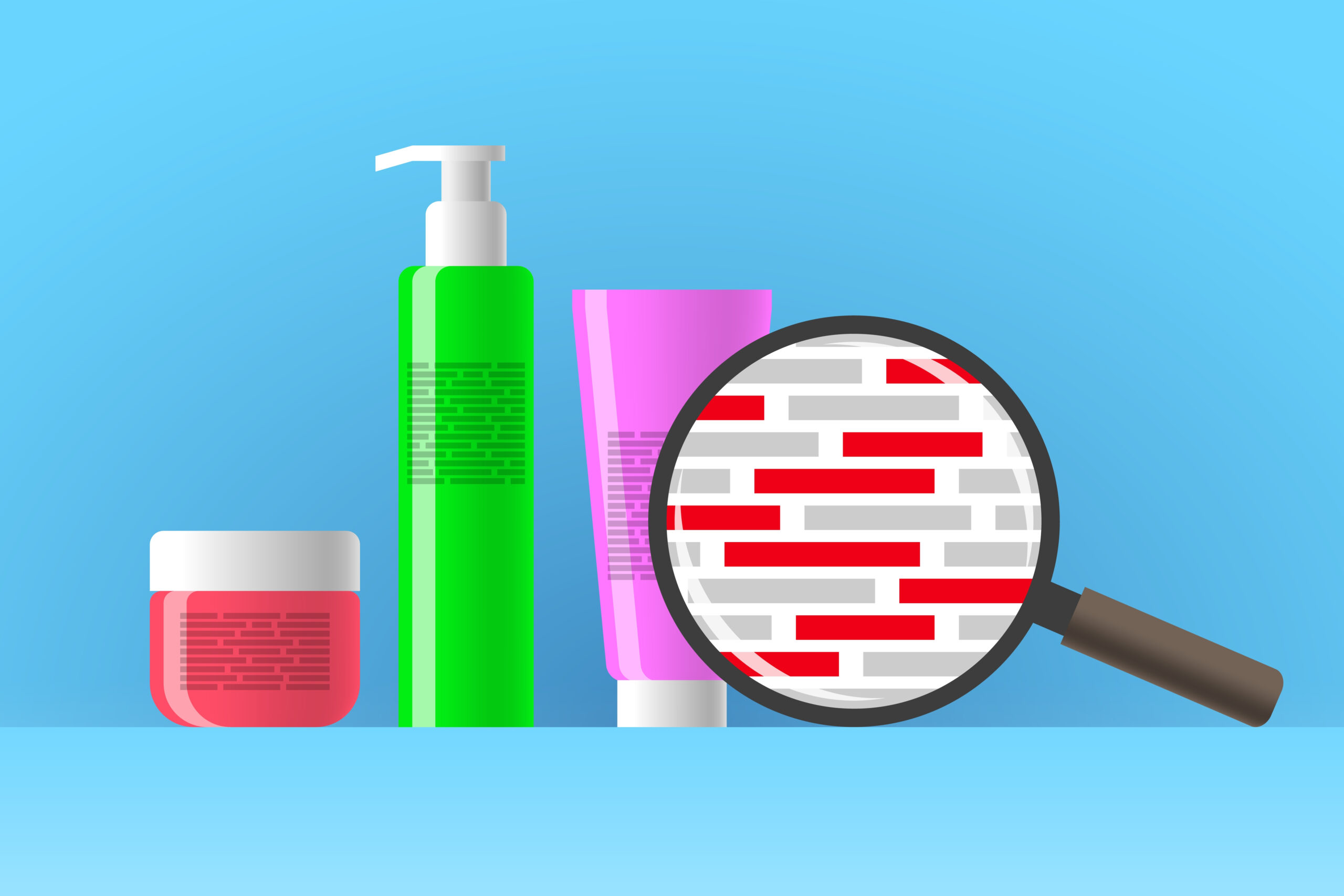At-home hair dye kits are a dime a dozen, promising salon-quality results in your own bathroom. Whether you survive on them to cover the grays or crave a bold new look, here’s the hard truth: super affordable DIY dye jobs come at an affordable price. Here’s why you should think twice before reaching for that drugstore box.
1. Chemical Hair Dyes Can Cause Hair Loss
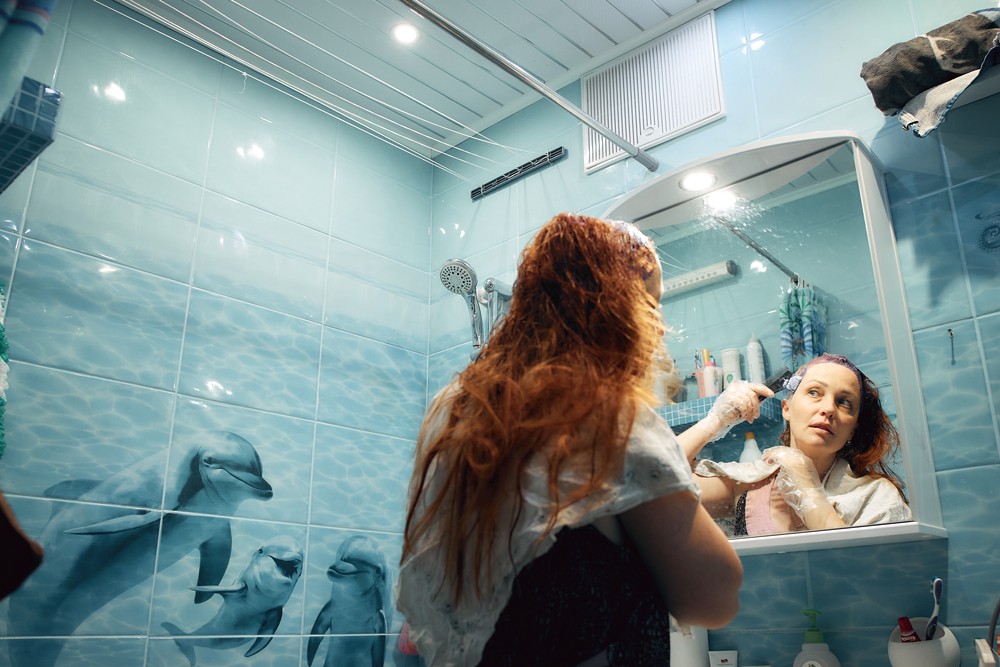
Chemical hair dyes, while savvy at covering grays and transforming your look, come with a price: they can severely damage your hair. These toxic dyes break down the natural structure of your strands, making them more porous and prone to dryness. Over time, repeated use can lead to brittle, lifeless hair and even permanent hair loss.
2. Your Grays Can Look Even Worse
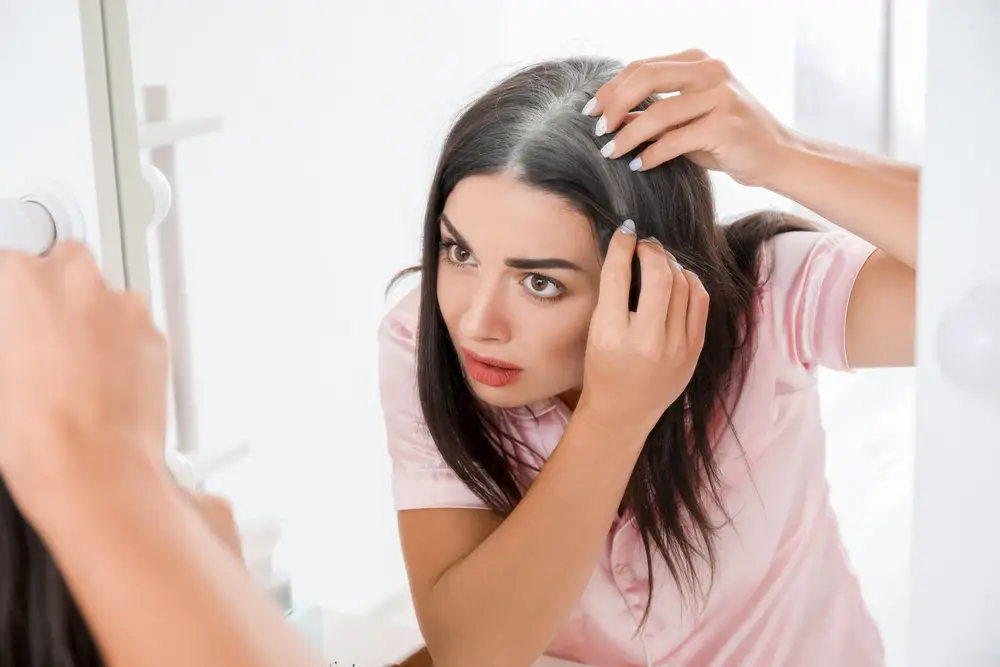
Choosing the wrong shade to cover your gray roots can create an unnatural and jarring contrast between your natural hair shade. Gray patches can also become even more noticeable if the color doesn’t blend seamlessly. If you’re not sure, consult a professional colorist.
3. Skin Irritation and Reactions Are a Real Risk
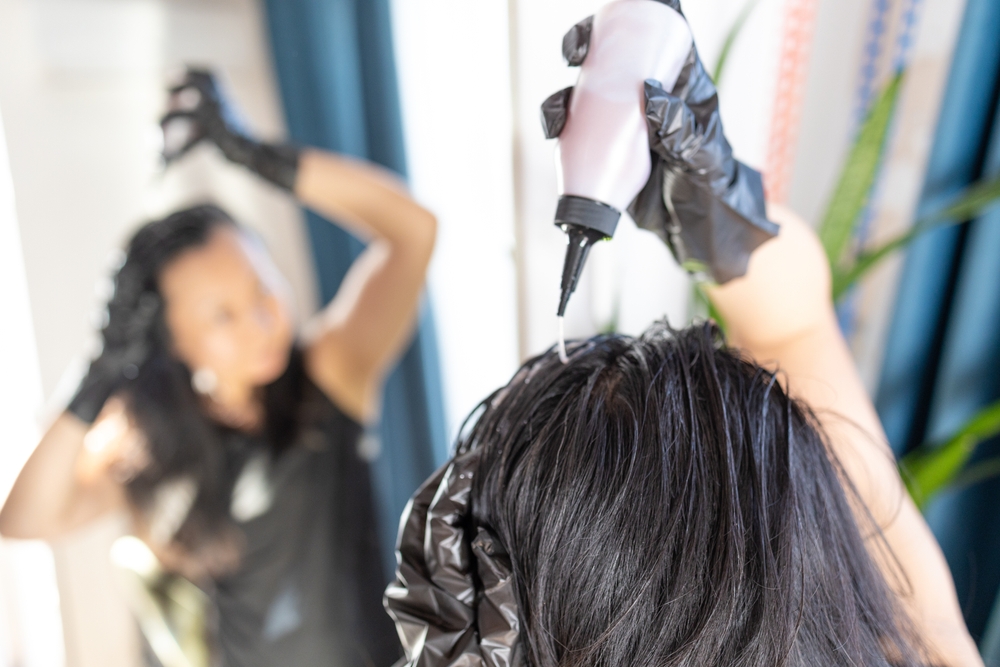
Applying hair dye can irritate the skin, especially on sensitive areas like your scalp, neck, and ears. The chemical ingredients in dyes can also cause redness, itching, or even allergic reactions. It’s crucial to perform a patch test before application to avoid any adverse reactions.
4. DIY Jobs are Messy and High Maintenance
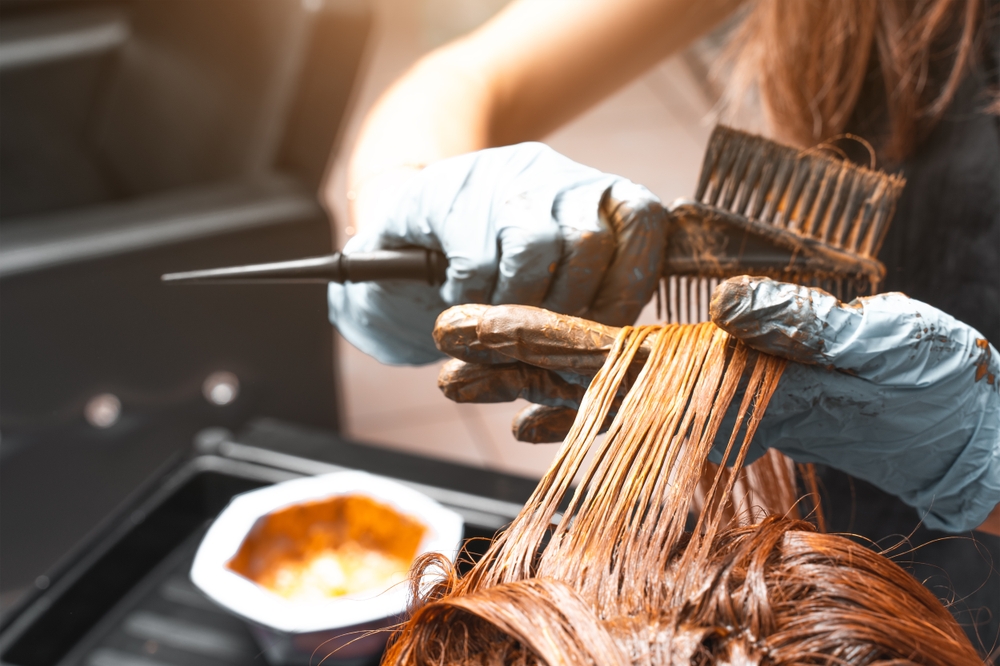
Using at-home hair dye can be a messy affair. Color splatters can stain your bathroom, clothes, and often your face and scalp. It’s also high maintenance. The process requires careful application to avoid uneven color and potential spills, making it a less controlled and more chaotic experience than salon treatments.
5. Steer Clear of Toxic Nasties
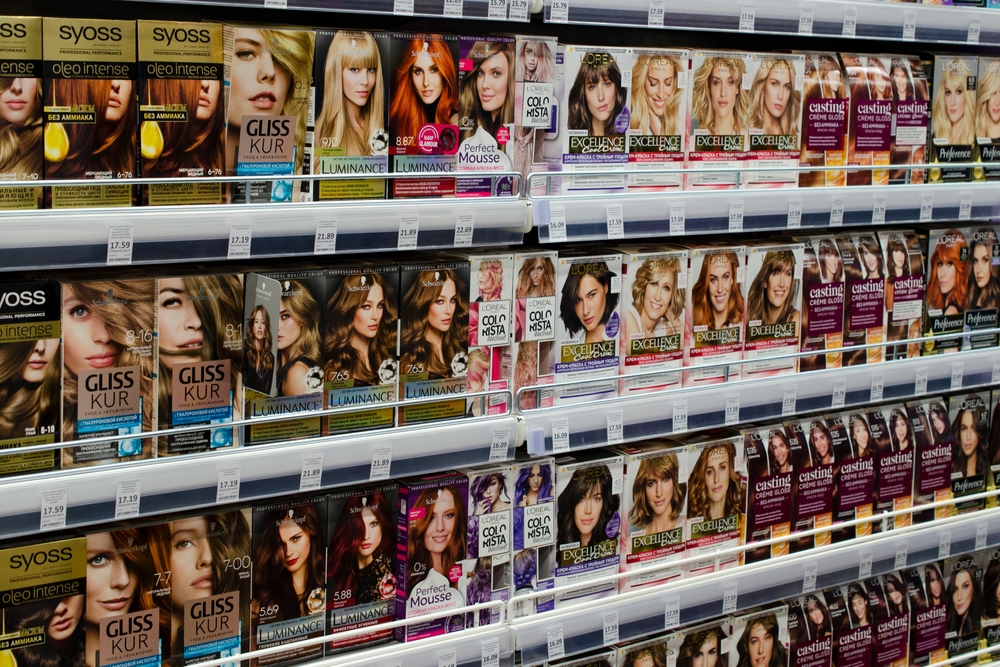
Clean, plant-based hair dyes are a healthier choice for your hair and overall health and well-being. These more gentle alternatives contain no (or less) harsh chemicals, so they are less likely to cause damage or irritation while still delivering good coverage and color.
6. Brassy Shades are Embarrassing
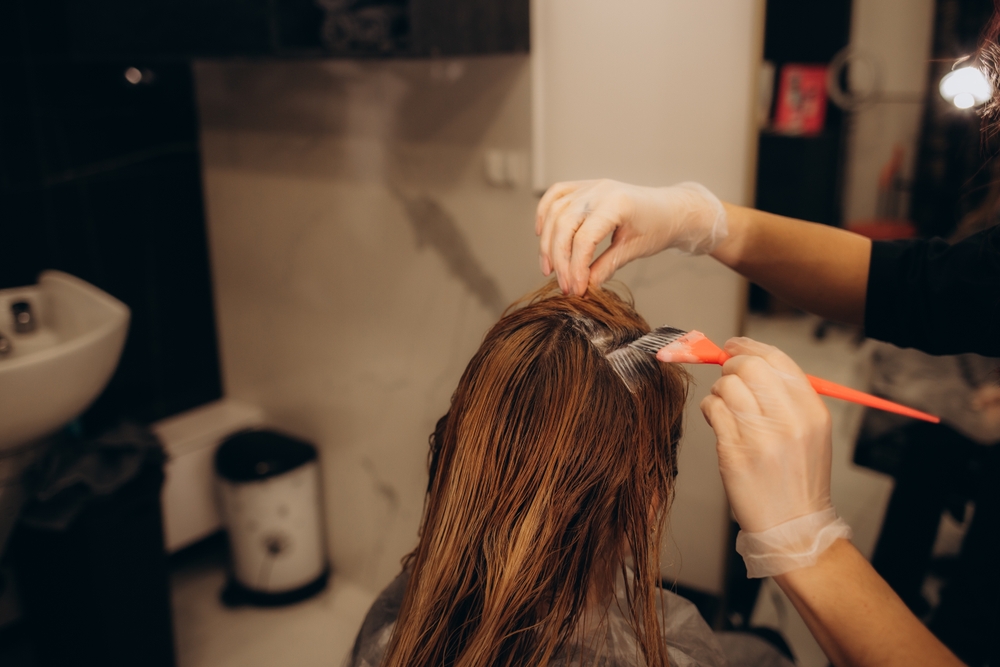
A common issue with dying your hair is that when the color fades, your strands tend to turn brassy over time. To counteract this unsightly embarrassing look, you may need to use a toner to neutralize these warm (aka orange) unwanted hues and create a cooler, more natural tone between dye jobs.
7. Severe Color Contrast Warning
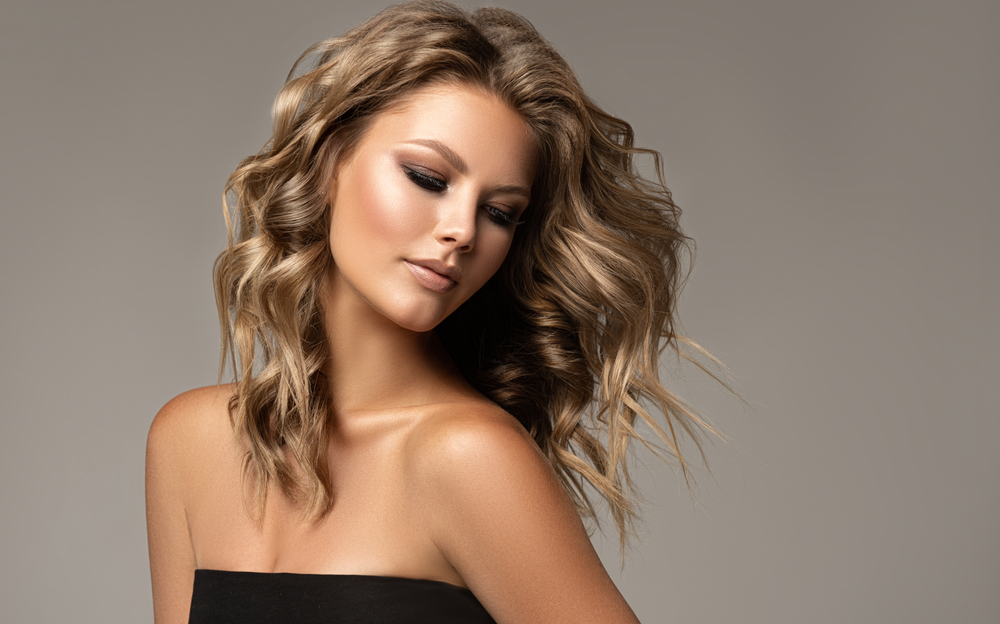
The wrong hair color can create a stark contrast to your skin tone. To avoid looking unnatural and less attractive than you are, choose a shade that complements your natural skin color. If you’re unsure, check a DIY color chart online or consult a professional colorist.
8. It’s Easy to Apply the Wrong Shade
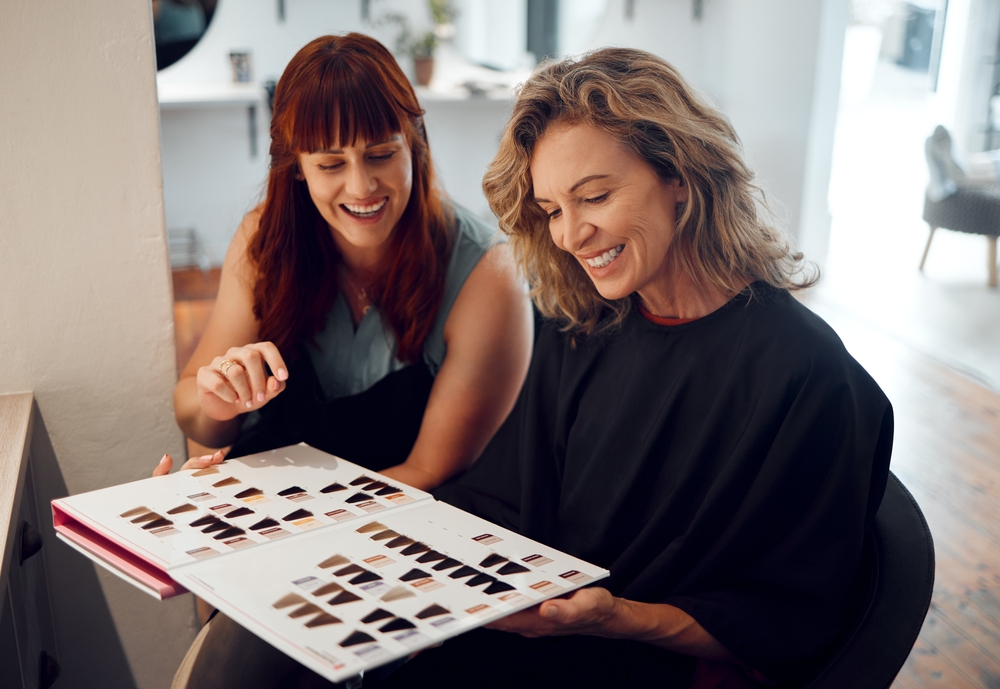
Selecting the right hair dye shade involves more than just picking a color you like. Consider your skin tone, eye color, and even your face shape to ensure the hue complements your look and complexion. Shades that are too dark or too light can appear unnatural or create a severe, aged appearance.
9. At-Home Hair Dye Fades Fast
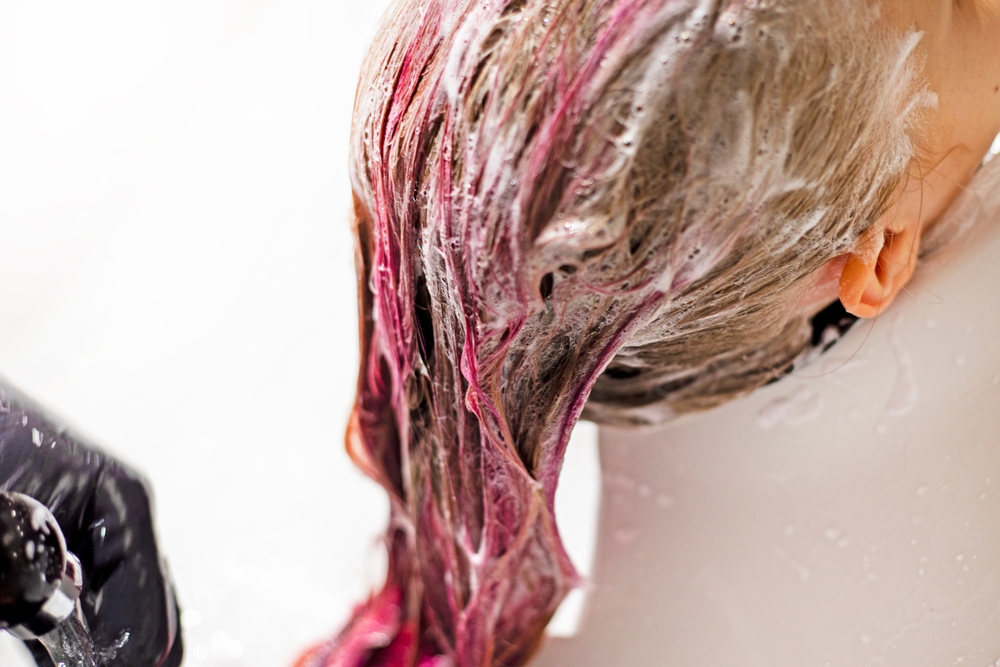
At-home hair dye often fades fast, especially when up against professional salon treatments. This means more touch-ups, and subjecting your hair to more chemicals. And potentially expensive color corrections if you get the application or shade wrong. To try to avoid this, use products and treatments designed to prolong olor between dyes.
10. Maintenance is a Major Issue

Maintaining dyed hair means tailoring your hair care routine to include products designed to keep your color in check. You should always choose care products suited to your hair type, but when your hair is colored, also look to shampoos and conditioners designed for color-treated hair to help preserve your shade and keep strands healthy.
11. Dyed Hair is Dry, Brittle Hair
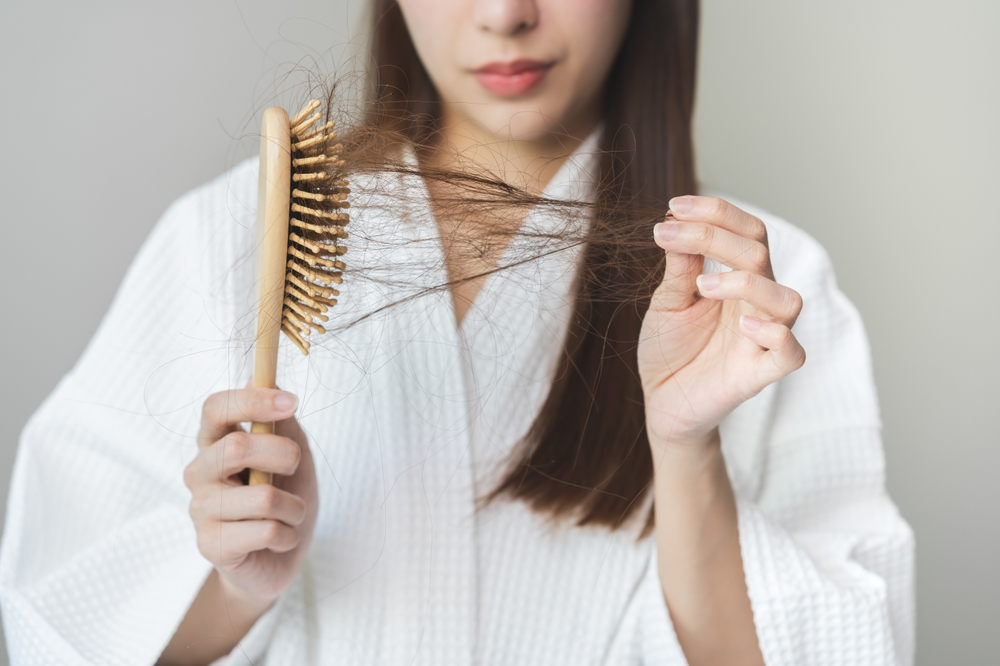
Chemical dyes can strip moisture from your hair, leaving it dry, brittle, and more damage-resistant. Regularly using conditioning masks and applying conditioner after each wash can help restore hydration and keep your hair smooth, soft, and well-nourished.
12. Beware Washing in Hot Water
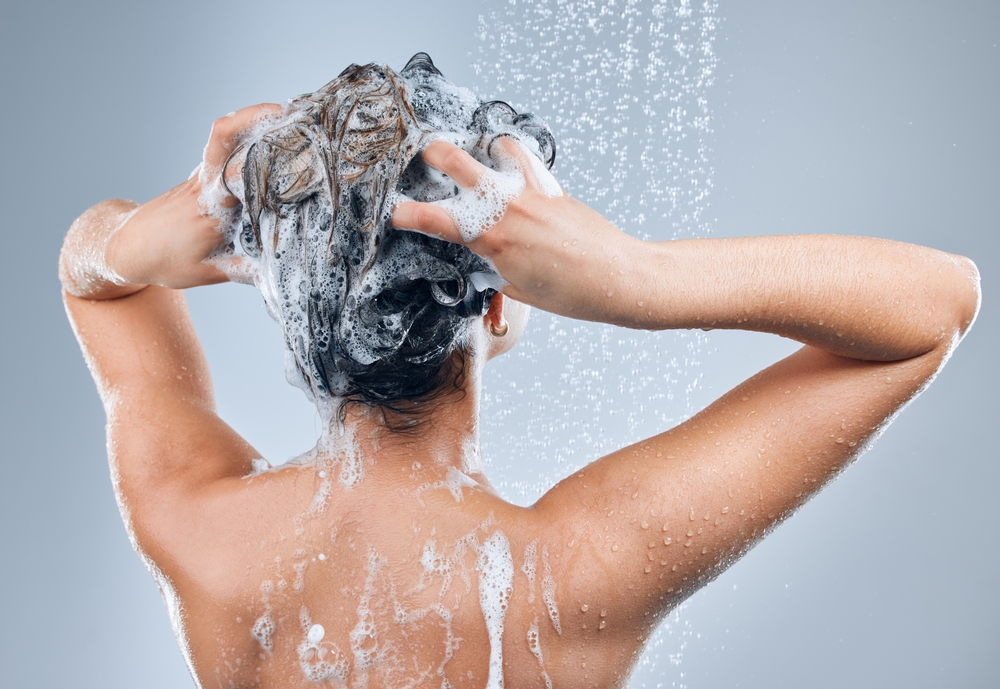
Hot water can exacerbate dryness and cause color to fade faster. Always wash and condition your hair in lukewarm water and finish with a cold rinse or two. This practice helps lock in moisture and color by sealing the cuticles to keep strands strong and vibrant.
13. Toxic Lifestyle Choices
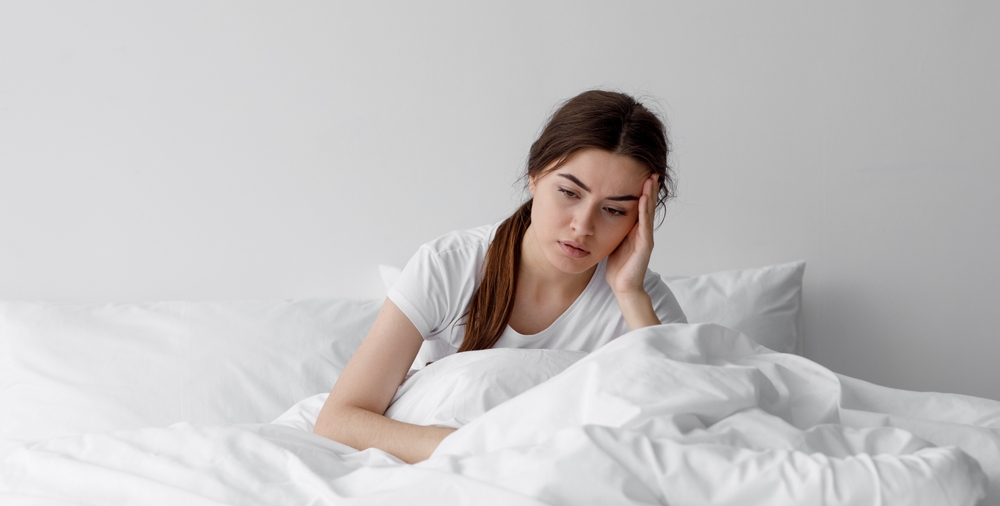
Lifestyle factors like smoking, poor diet, lack of sleep, and excessive alcohol can have a serious impact on the health of your hair. These bad habits can lead to premature graying, hair aging, and loss. Maintaining a healthy lifestyle is essential for your hair, skin, and body health.
14. Use Colored Dry Shampoos Between Dye Jobs
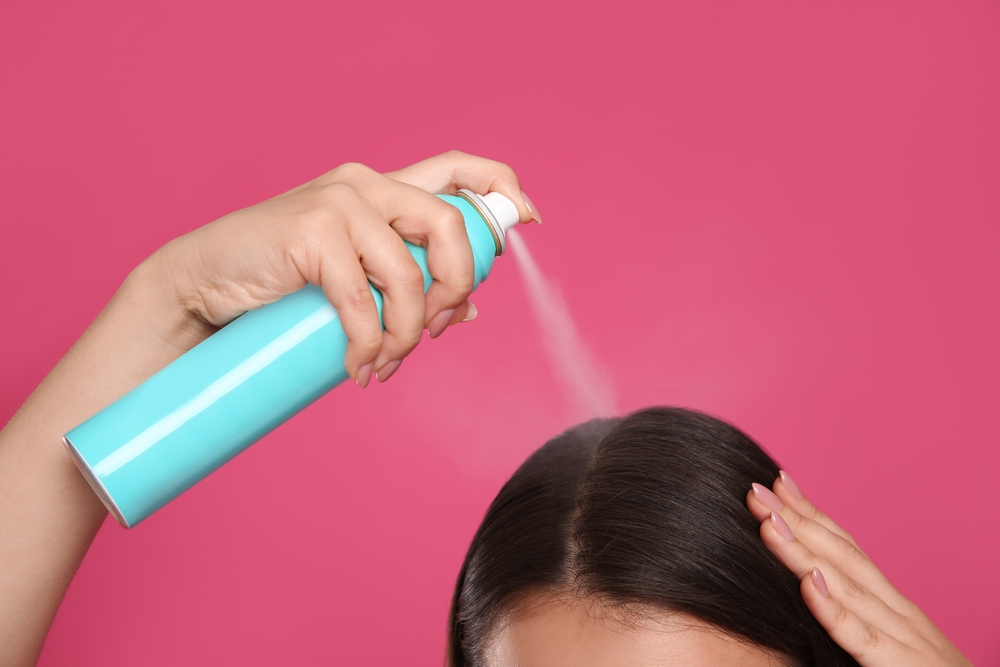
To extend the life of your hair color between dye jobs, colored dry shampoos are a godsend. A spritz of these on your roots can blend out regrowth and vanish them in a second. By doing this, you can last longer between chemical treatments, which will help boost the health of your hair.
15. The Danger of Brushing Your Hair
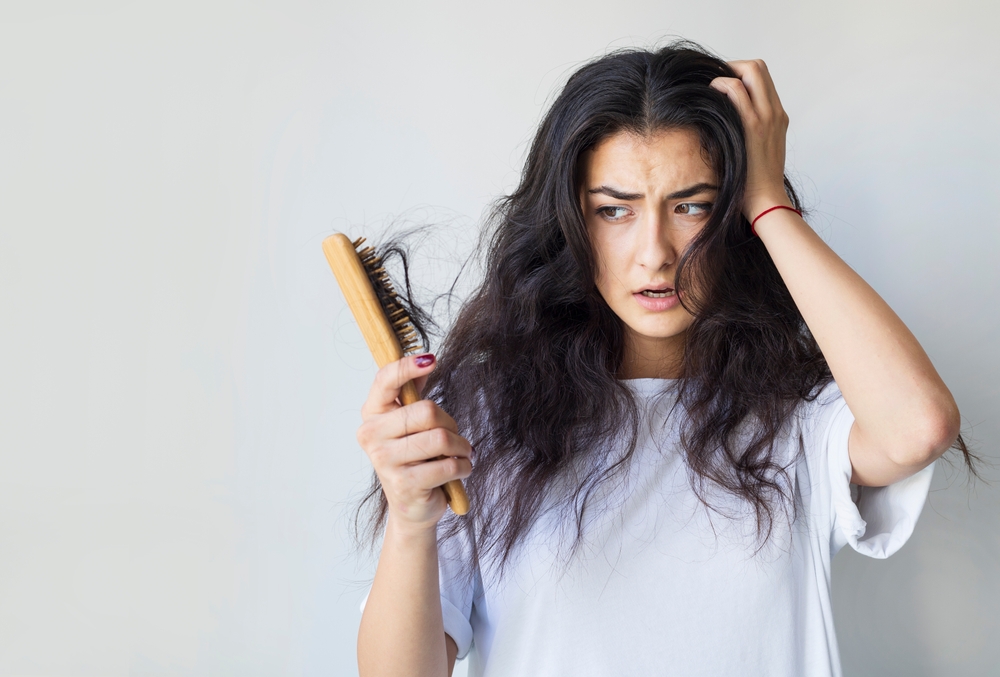
Brushing your hair when it’s wet can lead to breakages, damage, and hair loss. Damp hair is more fragile, so always gently towel dry it before brushing (constant heat styling with hair dryers is also an enemy). Your choice of brush also matters; go for a gentle boar bristle brush to prevent unnecessary strain and friction and maintain healthy strands.

